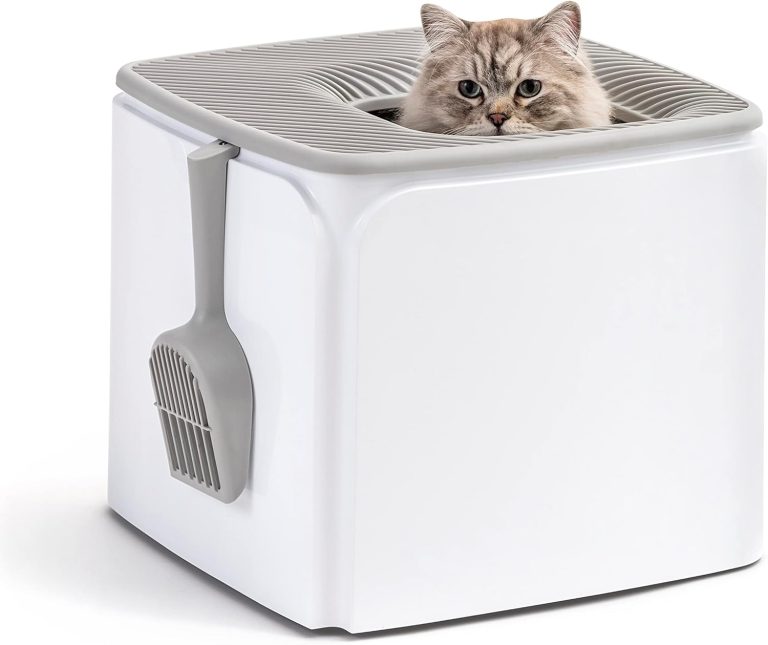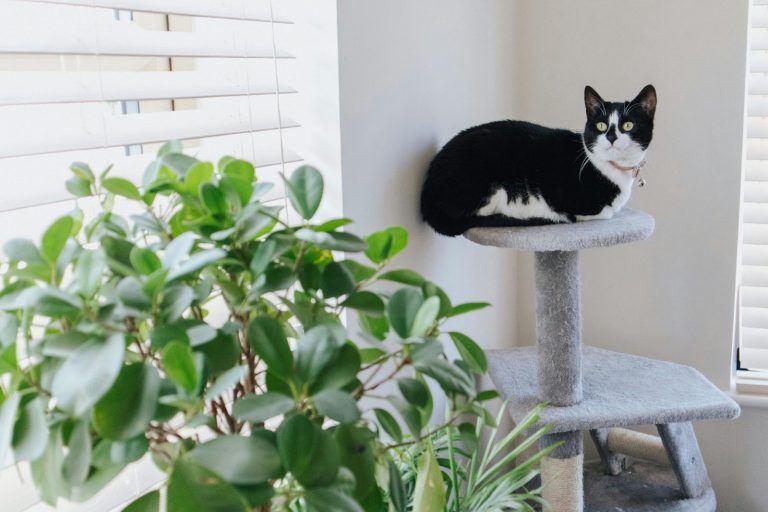Things to Consider Before Rehoming a Cat
Some reasons for rehoming a cat aren’t really problems. Read this first to learn some of the effects of rehoming a cat, and to see if you can make it work.

I found Lilah in a newspaper ad back when I was in grade school. She was a big, fluffy black cat with gold eyes, and for some reason her people didn’t want her anymore.
I played with her, fussed over her and even entered her in the school pet show, where she won a red ribbon for her beautiful coat. But Lilah was never really happy with us. Even though they’d given her up, she desperately wanted to be back with her original family.
So, she kept running off. I’d find her under the hedge or crouched among Mom’s rambler roses, thin and bedraggled, her eyes big with misery. Then, one day, Lilah disappeared for good. We never knew what had happened to her and just hoped that she’d finally found a safe haven with somebody kind and understanding.

Don’t leave your pet’s safety to chance
Sign up for Petful recall alerts today.

What is Rehoming a Cat?
Rehoming a cat refers to the process of finding your cat a new home when you can no longer care for it or when the circumstances necessitate a change in the cat’s living arrangements.
Reasons for Rehoming a Cat
People often have different reasons to rehome a cat. Some of the reasons for rehoming a cat are legitimate. And a lot of them, as you learn in the course of doing animal rescue work, aren’t. Here are some examples:
- A family member develops an allergy to cats. This does happen, unfortunately, but you don’t have to go straight to rehoming. You can get shots to keep it the allergy in check. It’s worth looking into.
- There’s a baby on the way. Strangely enough, some people still believe that cats go around sucking the life out of babies or that a pregnant woman will catch toxoplasmosis from cleaning the litter box. Let’s get this straight…
- Cats and babies co-exist beautifully. Often, the cats are very protective of the baby.
- Cats don’t come off the genetic assembly line with toxoplasmosis. They get it from eating birds, who do carry it. You’re more apt to catch the disease from eating undercooked chicken at a reception.
- The old cat doesn’t get along with the new cat. Yes, there are cats who need to be The One and Only. Bringing in another cat often stirs things up.
When to Rehome a Cat: Give it Time
Deciding when to rehome a cat should take some consideration. Adding a new cat to your household can be an adjustment, and that adjustment takes time.
A couple I know adopted Bella, a young shelter cat, shortly after losing one of their older felines. The survivor, Munchkin, resented the newcomer at first. The husband ended up installing a storm door in the hallway, effectively dividing the house up between the 2 cats.
Munchkin and Bella watched and gradually got used to each other. Six months later, the storm door is still in place but not necessary. The girls are fast friends. Clearly, settling in takes time.
The bottom line is, there are always options. Many rescue organizations, such as Southern California Aby Rescue, will work with you on those options.
The Emotional Effects of Rehoming a Cat
Some cats go into a deep depression when their family gives them up. Bartholomew Oliver, a cat rescue worker in the Atlanta area, says he has seen several cats grieve themselves to death.
“They all stop eating and drinking water the first few days,” explains Oliver, who is working with Crush, a red tabby who is still “look[ing] at every passer-by with a hopeful gleam in his eye as if he was thinking, ‘Is that finally my mommy come back to me?’ Then his expression and face would drop onto the floor in disappointment and fear.”
They had to give Crush fluids and vitamins to “keep him from going into fatty liver syndrome, where the liver starts eating its own body tissue to survive.”
It can also take pet parents a while to learn how to cope with rehoming a cat. Some find that the effects of rehoming a cat include feelings of guilt. If rehoming your cat is absolutely necessary, ensuring that their new home is a good and loving fit for them could help alleviate these feelings.
Vital Considerations
If you still feel you need to rehome, here are some things you must do:
- Spay/neuter your cat beforehand. This, as Cat World puts it, “is the only guarantee that [she] won’t be permitted to, or accidentally become pregnant in the future.” It will also make it easier for your pet to find a home.
- Vaccinations need to be current. Make sure that all your cat’s medical records are good to go.
- If your cat is a purebred, contact the breeder first. Any responsible breeder wants to be notified if you’re suddenly unable to care for an animal from the cattery. In fact, most contracts stipulate that. You can also contact a breed-specific rescue group. These groups are highly organized and motivated. They rescue, transport, foster and place out of sheer love for that particular breed.
- “Don’t rehome to just anybody,” warns Cat World. And never include the word “free” in your ad “because sometimes people will take free-to-good-home pets and sell them to animal labs, for practice with fighting dogs, etc.”
- Take a leaf out of that responsible breeder’s book. Let the new family know that they can contact you if it doesn’t work out. Consider it a peace-of-mind guarantee that your pet won’t end up on the streets or in a shelter.
How to Rehome a Cat
The rehoming process can vary from situation to situation. Here’s a breakdown of a basic guide to the process for those wondering what to do when rehoming a cat:
- Prepare the Cat: Make sure the cat is healthy, vaccinated, and groomed. If not, take it to a vet.
- Gather Necessary Supplies: Collect the cat’s belongings like food, toys, litter box, and medical records.
- Reach Out to Your Network: Ask friends, family, and acquaintances if they know anyone looking to adopt a cat.
- Contact Local Shelters/Rescue Groups: Ask if they have space or resources to help rehome the cat.
- Screen Potential Adopters: It can be helpful to interview those who are interested to make sure they can provide a suitable home for the cat.
- Finalize the Adoption: Once you find a good match, complete the necessary paperwork and transfer ownership.
Remember, it’s important to prioritize the cat’s well-being to find them a loving new home.







